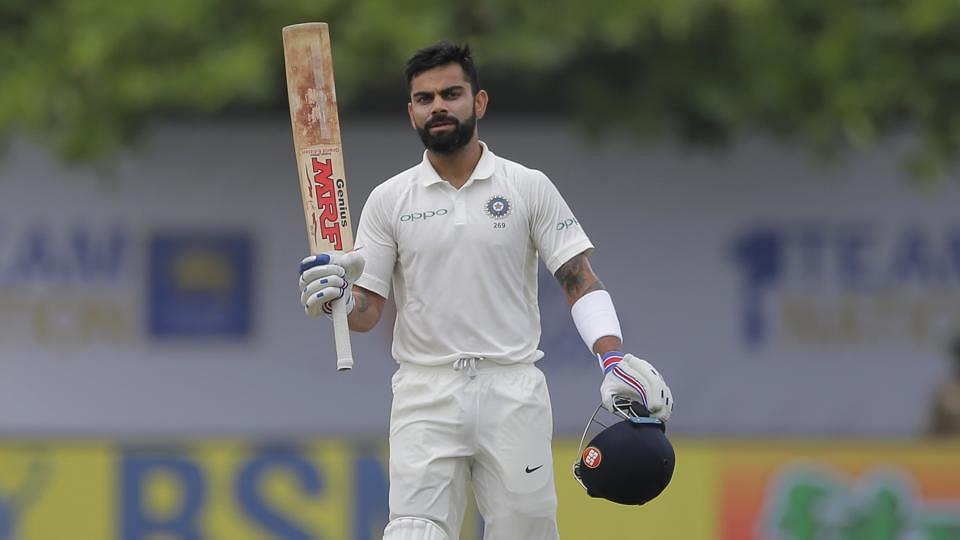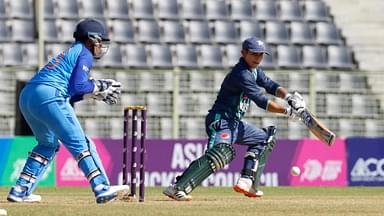The Indian team put up a valiant performance in the 1st Test against South Africa, taking 20 wickets, but falling short during the run chase in the 4th innings.
Advertisement
The Indian top order had suffered a huge collapse in the first innings, but thanks to a Hardik Pandya special, India made their way back into the game.
The Indian bowlers then stepped up to take 8 wickets in the morning session of the 4th day, restricting South Africa to just 130 in the second innings.
But the Indian batting failed big time, unable to string partnerships in order to take their side home. While primarily, it was the fault of India’s top-order batsmen, who did not apply themselves one bit, fishing at deliveries outside off-stump and edging it to the packed slip cordon, the Newlands curator feels that it also had to do a lot with the heavy roller that Virat Kohli had asked for before India’s 2nd innings with the bat.
In Test cricket, at the change of innings, the batting captain can ask for one type of roller to be used on the pitch, and while Kohli opted for the light roller before India’s 1st innings, he went in for the heavy one before the second innings.
“From my experience, particularly here on a coastal ground, the impact of the heavy roller, it should really flatten the wicket out, take some life out of it and make it a bit easier for batting. When you go up in the Highveld, Wanderers and Centurion, the heavy roller can sometimes break the plates up a little bit and it becomes a bit more inconsistent in bounce. Here, the heavy roller should normally flatten it down. Even that didn’t have too,” said Evan Flint, the Newlands curator.
So, while Virat would have expected the heavy roller to flatten the pitch out, it instead brought the pitch to life, helping some of the moisture from underneath come to the surface because of the use of the heavy roller.
“The heavy roller draws moisture up from underneath. Yeah, yeah, it could’ve happened. It’s possible. It looked like it eh? I thought Kohli was quite clever on Day 1. He used the small roller at the change of innings. It didn’t liven the pitch up or anything. Sometimes the heavy roller can quicken the pitch up but take the seam movement out of it. Look, it’s not based on research. Most of it is anecdotal,” said Flint.
Virat Kohli, of course, wanted to flatten the pitch out before India’s opening batsmen came out to bat, but the move backfired big time.
The second Test begins on the 13th of January in Centurion.







